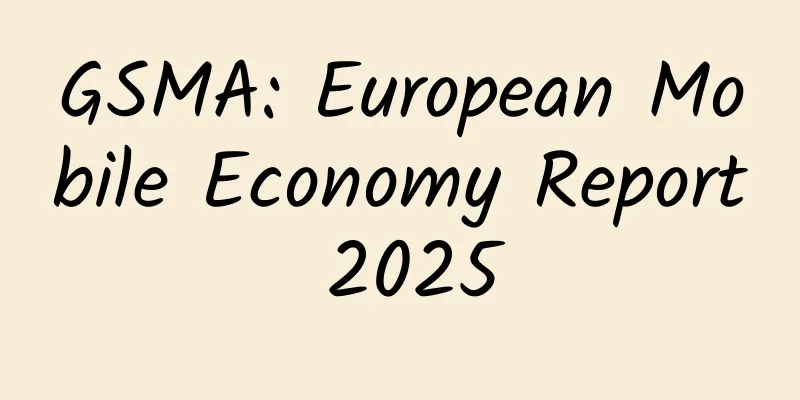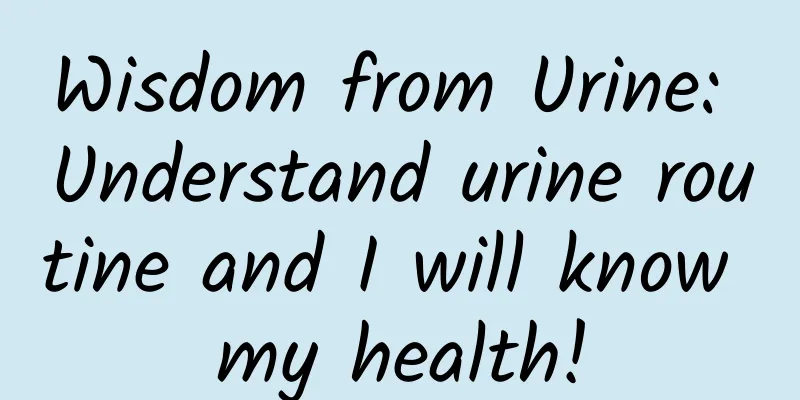GSMA: European Mobile Economy Report 2025

|
GSMA released the "European Mobile Economy Report 2025", which stated that by the end of 2024, 5G will account for 30% of European mobile connections, equivalent to 200 million; the global average is 24%. 5G is expected to become the dominant mobile technology in continental Europe by 2026 and already accounts for the majority of connections in Germany and Switzerland, while adoption rates in Denmark, Finland, Norway and the UK have exceeded 40%. It is expected to provide an additional €164 billion to the overall economy by 2030, with 80% of connections in continental Europe expected to be 5G by 2030, compared to 18% for 4G. Maximizing the potential of 5G One promising area is advanced 5G technologies such as 5G Standalone (SA) and 5G-Advanced, which are gaining traction and will help unlock new use cases and monetization opportunities. In Europe, operators are beginning to deploy 5G SA, which does not rely on LTE (Long Term Evolution) to operate, providing opportunities for new applications. As of September 2024, 18 European operators have launched 5G SA services, including EE in the UK and Free in France. Maintaining Europe's global competitiveness Meeting Europe's digital infrastructure needs is an important first step in revitalizing Europe's telecoms industry as an engine of competitiveness and prosperity. The benefits of increased investment will not be limited to the telecoms and technology sectors, but will also benefit all other industries. European operators and artificial intelligence European operators are at the forefront of AI and generative AI (GenAI) development, with 36% of operators having extensively deployed GenAI across multiple business areas. The report highlights recent applications by European operators such as Deutsche Telekom, EE, Orange and Vodafone in network optimization, security enhancement and customer service. Other key findings from the report include: In 2023, the mobile industry will add €1.1 trillion in economic value to the European economy, accounting for 5% of European GDP. Europe is a major player in the GSMA Open Gateway, with committed operators accounting for more than 20% of the signatories despite accounting for only 10% of global mobile connections. 5G is expected to contribute €164 billion to the European economy by 2030, of which 34% is expected to come from manufacturing, followed by public administration (19%) and services (12%). 5G Fixed Wireless Access (FWA) has emerged as an important use case in both the consumer and enterprise sectors, complementing operators’ enhanced mobile broadband offerings. It is estimated that by 2030, there will be 545 million licensed cellular IoT connections in Europe, with Germany accounting for a quarter of them.
|
>>: Dietary guidance for patients with hypertension
Recommend
Who is Wang Qinian in Joy of Life? What is Wang Qinian's ending?
Recently, the costume drama Joy of Life, starring...
What causes back pain after miscarriage?
Many women suffer miscarriage due to various reas...
Will retinal detachment occur if myopia exceeds 1,000 degrees? How to prevent retinal detachment if myopia is high?
Generally speaking, 700 degrees or more is consid...
What to eat to get your period soon
Women need to pay attention to their diet during ...
The new coronavirus has mutated. Are existing vaccines still effective?
Experts say that by the end of this year, 70% of ...
How to stimulate lactation after one month? Please choose the one that suits you!
Nowadays, there are many ways for women to induce...
Is eating beef good for the fetus during pregnancy?
Go eat some beef and mutton. For pregnant women, ...
What is the difference between eye serum and eye cream? How to use serum to replenish water
In daily eye care, the nutrients in eye essence a...
Is ovarian cyst a serious disease?
What is ovarian cyst and is it serious? Ovarian c...
Female dizziness, weakness and general weakness
In order to pursue a skinny figure, women nowaday...
Can intestinal flora be inherited? New study: Poor development of offspring may be caused by the man's intestinal flora disorder
For modern workers, the intestines may be the mos...
How to avoid birthmarks during pregnancy
Although birthmarks are a characteristic of a per...
How many weeks of pregnancy can you drink sugar water
Both parents hope to have a healthy and happy chi...
Is lack of sleep harmful to women?
Nowadays, many women have very rich nightlife arr...
Is it easy to get pregnant with vaginitis?
After suffering from vaginitis, it will affect wo...









